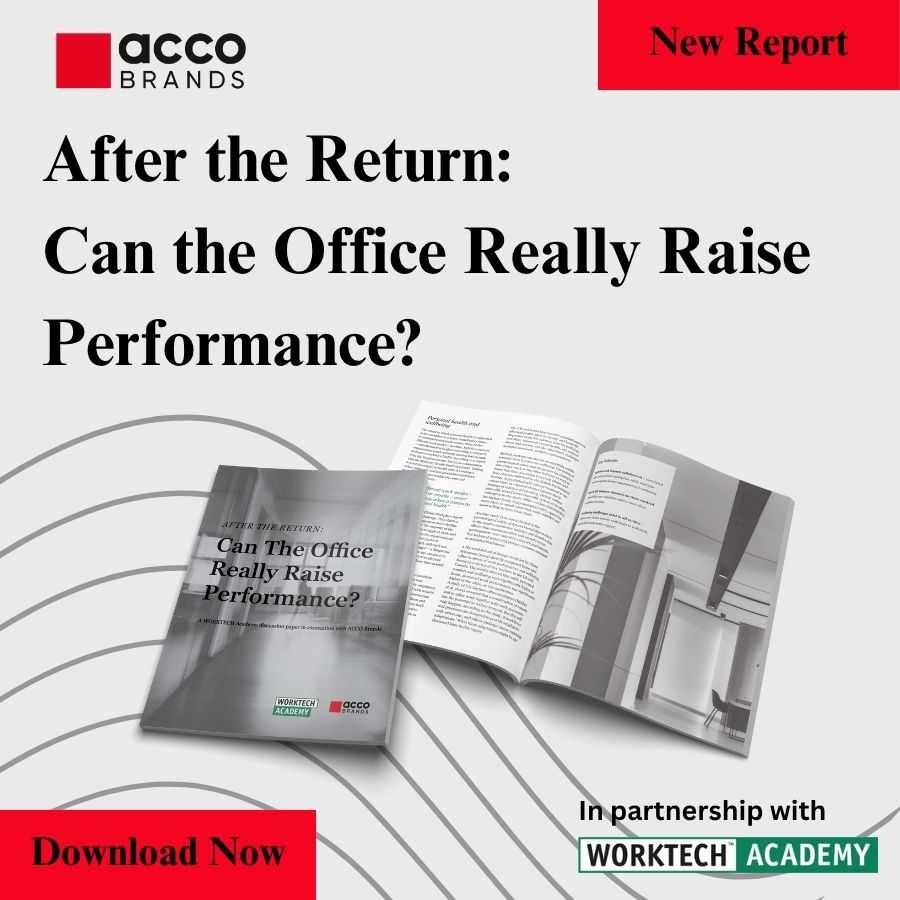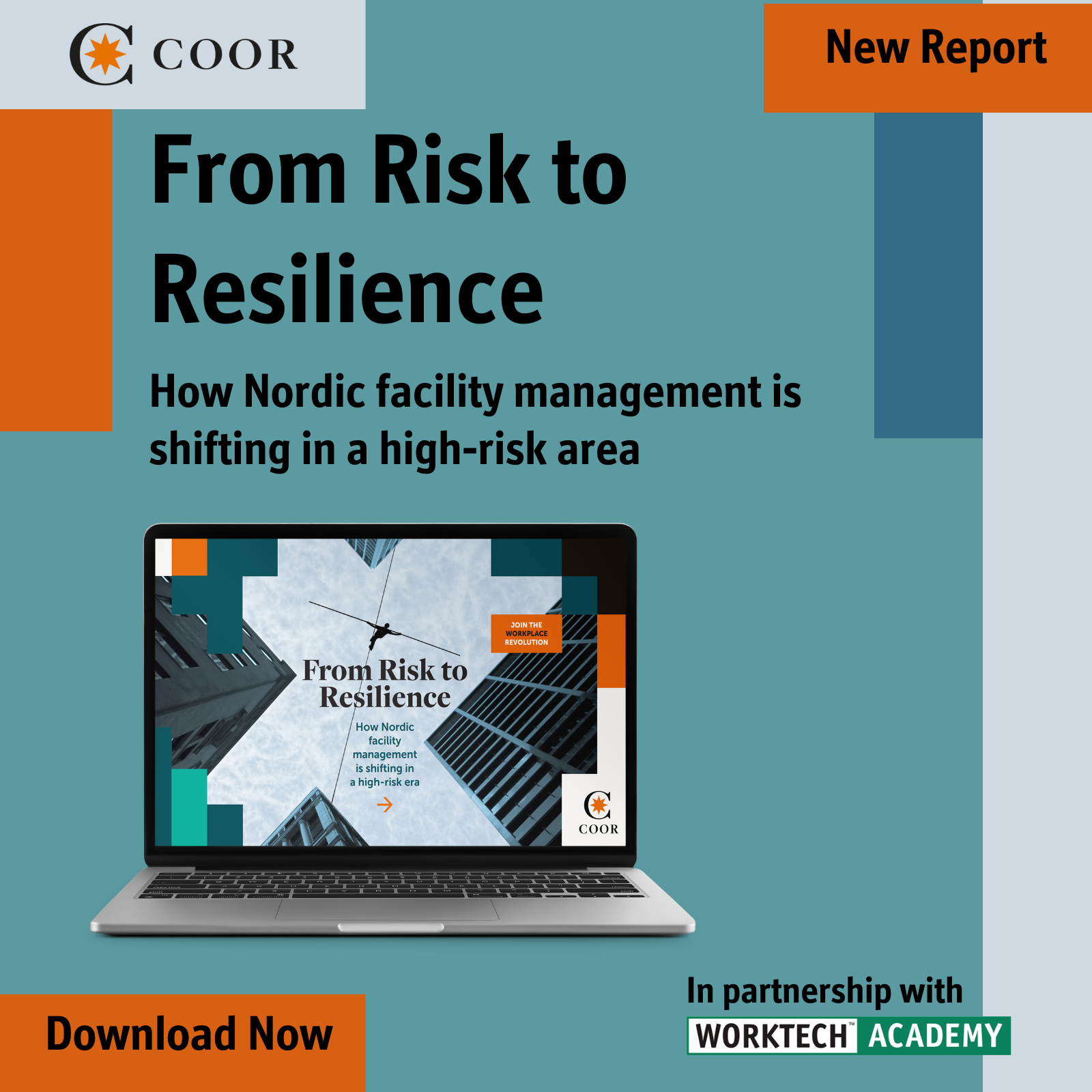Why is full-time office work flatlining despite strict mandates?
Evidence suggests that the return to office is stalling, but leaders will miss a trick this autumn if they obsess on RTO policies and not on practices that really improve the work environment
After a summer of sharper rhetoric and stricter policies, could the return to office be flatlining? As organisations head towards the busy autumn period, evidence suggests that in-office working is continuing to stall at precisely the moment in the economic cycle when company leaders typically demand the greatest momentum on workplace productivity.
According to the latest figures from the Flex Index for Q2 2025, only 33% of US firms require full-time attendance in the office—just a slight increase from 31% a year ago. Hybrid working continues to be the norm for two-thirds of US companies, with 67% offering work location flexibility. It’s worth remembering that at the start of 2023, the Flex Index was reporting an almost even 50:50 split between US firms offering flexible work and those with a full-time office return policy.
Unchanged picture
In Britain, there’s a similar picture of dragging feet. The Times reports that Transport for London data for station entry and exits in and around the City of London averaged around 3.9 million in June this year versus 4.6 million in 2019. This figure is only marginally above the 3.7 million recorded in 2024, and 3.5 million the year before that – it means that commuter traffic has been largely unchanged since 2023, sitting about 12% below pre-pandemic levels.
The flatlining narrative around RTO is supported elsewhere: it broadly fits with global data from Nicholas Bloom’s Work from Home consortium, as well as Kastle’s swipe-card data of turnstile entry to offices in the US and Placer.ai’s tracking of smartphone location in relation to 700 office buildings. Bloom, a Stanford University professor, consistently challenges the view that a return to the office in irresistible. A few high-profile CEOs sounding off have distracted media attention, he argues, whilst most companies have simply got on with the business of going hybrid.
Disconnected young
But if the RTO wheels aren’t turning smoothly, those wheels aren’t coming off the wagon either. The hybrid work issue is far from settled and demographic differences might yet play a part. New research from UK health insurance firm Bupa has revealed that young adults aged 16-24 are increasingly looking for traditional in-office roles because they feel disconnected and lonely when working from home. Bupa talked to 8,000 people: four in ten of the Gen Z cohort said they felt lonely, compared to 24% of all workers; 45% said they were considering moving to roles that provided more social interaction, compared to 27% of workers in all age groups.
Could this disengaged generation, which started work remotely during lockdown, make a difference on RTO? Only up to a point. A big influx of new recruits might help to move the dial, but AI adoption is having a chilling effect on entry-level jobs. Large employers are not recruiting new university graduates in the volumes they did in the past. According to job-search site Indeed, the number of jobs advertised for recent graduates is down 33% this year compared with 2024. This decline will only serve as a further drag on economic momentum this autumn.
Thoughtful practices
Ultimately, a messy picture around RTO requires some clearer thinking by organisations. That at least is the message in a new report from McKinsey, which suggests that leaders should focus less on policy and more on thoughtful practices that generate real results. Too many companies are asking the wrong question about RTO, say the authors of the report: ‘The policy mandate itself is far less important than the work environment that organisations create and the practices that accompany a policy’s implementation.’
Research generally indicates that whatever workplace policy is implemented, people don’t want to return to the same old office they had before. They want more environmental comfort, amenities, stimulation and support. Perhaps if senior leaders paid more attention to what really goes on in the work environment instead of obsessing endlessly about what mandate to enforce, then the rate of return – whether flatlining or flourishing – would become less of an issue.
Read more about the McKinsey report on navigating RTO with intention on our Innovation Zone, which provides premium content for WORKTECH Academy members and partners.








